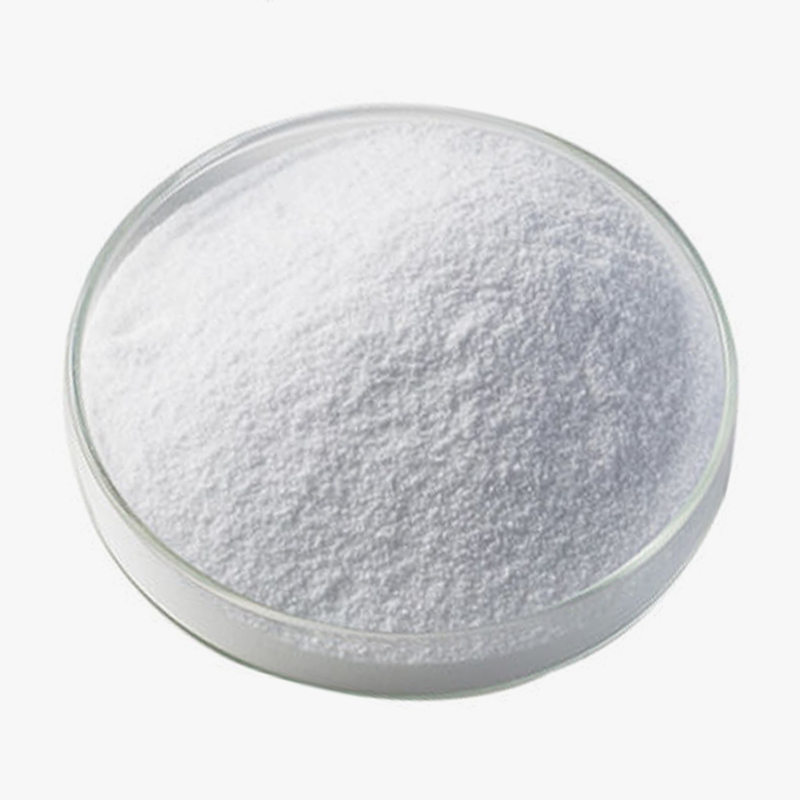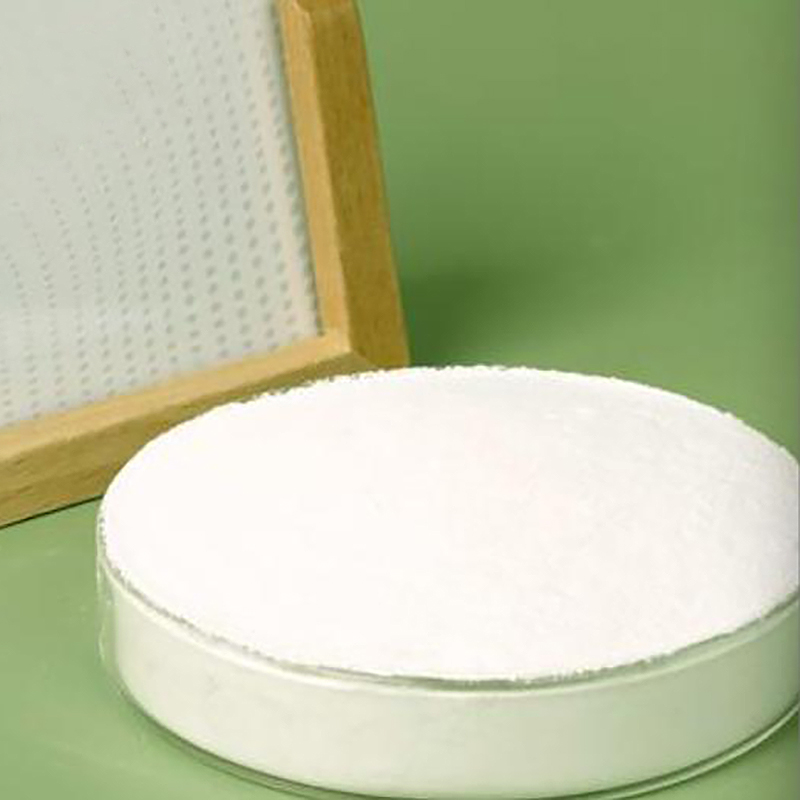Thickening, water retention, and improved rheological properties are key technical indicators in various industries such as building materials, daily chemical products, and food processing. With continuous technological advancements in these industries, a modified starch material called hydroxypropyl starch ether (HPS) has gradually gained widespread attention.
Thanks to its excellent processing performance, environmental friendliness, and cost advantages, it has become an indispensable functional additive in materials such as dry-mixed mortars for construction. So, what exactly is hydroxypropyl starch ether? What are its core applications? Why is it particularly popular in the construction industry?
Content
- 1 1. What is Hydroxypropyl Starch Ether?
- 2 2. What are the properties of hydroxypropyl starch ether?
- 3 3. What are the building applications of hydroxypropyl starch ether?
- 4 4. Does hydroxypropyl starch ether have applications in other industries?
- 5 5. Why is hydroxypropyl starch ether becoming increasingly popular?
1. What is Hydroxypropyl Starch Ether?
Hydroxypropyl starch ether is a non-ionic additive obtained through chemical modification based on natural starch. Its main raw materials come from natural plant sources such as corn starch, potato starch, and wheat starch, thus possessing renewable, environmentally friendly, and non-toxic characteristics. By etherifying starch molecular chains with propylene oxide, the hydrophilicity, solubility, and binding force of starch can be altered, giving it more stable and stronger rheological regulation functions than natural starch.
In other words, hydroxypropyl starch ether (HPS) is a new type of functional material that is "upgraded and optimized" based on the natural structure of starch. This results in better dispersibility in water, more stable viscosity, and a more significant thickening effect, making it suitable for a variety of industrial products.
2. What are the properties of hydroxypropyl starch ether?
The excellent performance of hydroxypropyl starch ether in the industrial field is mainly due to its unique physicochemical properties.
HPS has excellent thickening effects. Adding a small amount of hydroxypropyl starch ether to water allows it to dissolve rapidly, forming a uniform and stable solution, increasing the viscosity of the system and making the material easier to handle during construction. It also has good water retention properties. Hydroxypropyl starch ether can delay water evaporation, increase the hydration time of cement mortar, and reduce construction problems caused by excessive water loss.
It has a significant effect on improving rheological properties. After using HPS, mortar or putty is smoother when mixing, applying, and troweling, less prone to bleeding and segregation, and the workability is significantly improved.
Furthermore, hydroxypropyl starch ether exhibits excellent dispersibility, anti-slip properties, and anti-sagging properties in dry powder materials, while also improving material stability, reducing susceptibility to temperature and salinity, and enhancing the overall quality.
Most importantly, it is a safe and environmentally friendly natural modified material, free of formaldehyde, VOCs, and other harmful substances, aligning with the modern trend of green building materials.

3. What are the building applications of hydroxypropyl starch ether?
Hydroxypropyl starch ether has a wide range of applications in building materials, making it a "permanent member" of dry-mix mortar systems and an indispensable performance modifier in many formulations.
In tile adhesives, hydroxypropyl starch ether can improve consistency and adhesion, enhance anti-slip properties, and firmly fix tiles to the substrate. Especially for large-format tiles, it effectively prevents them from sliding down.
In putty powder, it can improve the workability, making the putty smoother and easier to apply, while reducing powdering and dusting, and improving the smoothness of the finished wall surface.
In thermal insulation mortar, hydroxypropyl starch ether (HPS) helps improve the adhesion between the mortar and the insulation board, making the material more robust and reliable. Simultaneously, it enhances the water retention of the mortar, resulting in a more uniform and stable insulation layer.
In gypsum-based materials, it improves the lubricity and surface smoothness of gypsum products, making application smoother, increasing construction efficiency, and reducing the possibility of cracking.
In self-leveling materials, HPS improves flowability, allowing the self-leveling material to spread more evenly during installation, while reducing bleeding and improving the flatness of the finished floor.
In bonding mortars, wall leveling layers, and repair mortars, HPS is also frequently used to improve viscosity and workability, enhancing overall material performance.
4. Does hydroxypropyl starch ether have applications in other industries?
Besides building materials, hydroxypropyl starch ether has broad application potential in many other industries.
In the food processing industry, hydroxypropyl starch ether can be used as a thickener and stabilizer, improving the taste and texture of food and enhancing product stability. Because of its natural origin and non-toxicity, hydroxypropyl starch ether can be used as a functional additive in some food formulations.
In the daily chemical industry, it is commonly used in detergents, shampoos, and shower gels to improve viscosity and texture, resulting in a smoother and more comfortable user experience, and maintaining good stability in high-temperature or high-salt environments.
In the paper industry, hydroxypropyl starch ether can be used to improve the surface strength, printability, and water resistance of paper, making it smoother and finer.
In the pharmaceutical field, it can also be used as a binder or disintegrant in tablets to improve drug processing characteristics.
These applications demonstrate the wide applicability of hydroxypropyl starch ether as a modified starch material.
5. Why is hydroxypropyl starch ether becoming increasingly popular?
The market favors hydroxypropyl starch ether primarily due to its three advantages: stable performance, moderate cost, and environmental safety.
Compared to cellulose ethers, it is cheaper and can replace some expensive materials to a certain extent, reducing the cost of building formulations. At the same time, it works well with other additives, effectively improving the overall material performance.
Derived from a modified natural material, HPS aligns with current trends in green building materials and environmental protection. It poses no harm to human health and releases no harmful gases. HPS's stable performance, ease of dispersion, and ease of application make it excellent in practical applications, significantly improving the construction experience of building materials.
Hydroxypropyl starch ether (HPS) is a functional material based on natural starch and obtained through chemical modification. It possesses multiple advantages, including thickening, water retention, improved rheology, and enhanced workability. It plays a vital role not only in the construction industry but also demonstrates wide application in daily chemicals, food, and papermaking. Its environmentally friendly, safe, and cost-effective characteristics make it an indispensable high-quality additive in modern industry. With continuous technological advancements in the industry, the application scope and market demand for hydroxypropyl starch ether will continue to expand, and it will play an even greater role in the future.

 简体中文
简体中文 English
English русский
русский عربى
عربى Español
Español










